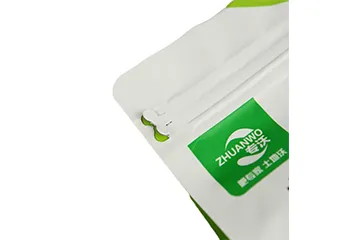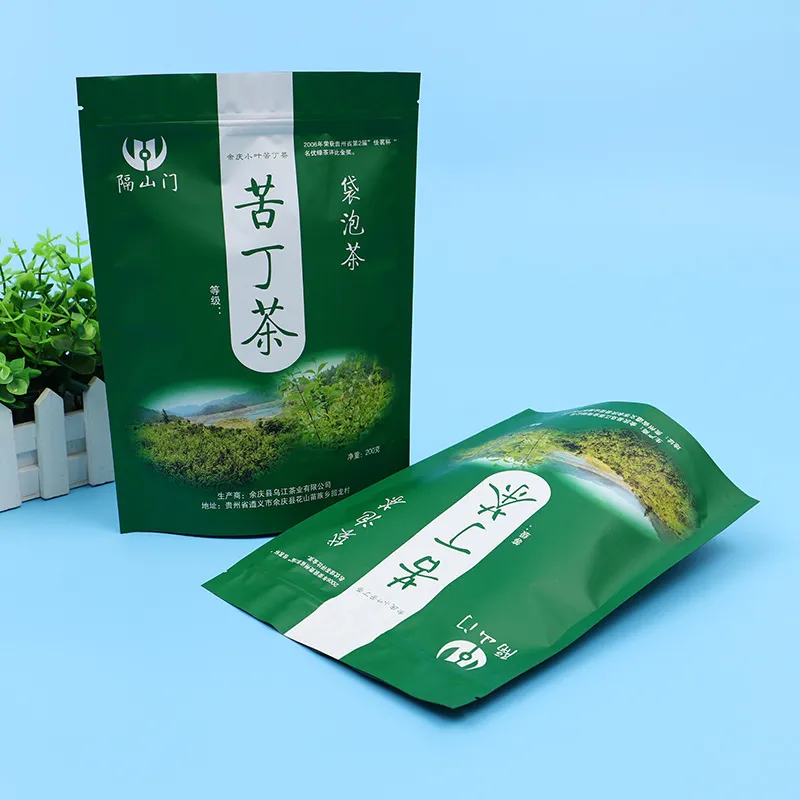Poly bag packaging is an essential component of today's diverse product packaging landscape. It offers versatility, cost-effectiveness, and a sustainable option for a wide array of industries. Understanding the distinct types of poly bag packaging can significantly enhance a product's presentation, protection, and promotion.

Firstly, flat poly bags are among the most commonly used types due to their simplistic design and practicality. Frequently utilized for packaging items like clothing, hardware, and food, these bags provide a reliable barrier against dirt, moisture, and other environmental contaminants. Their straightforward design allows for easy customization with print for brand promotion or product identification, enhancing consumer experience.
Another notable type is gusseted poly bags, which feature expandable sides. This added benefit ensures they can accommodate bulkier or irregularly shaped items without compromising on seal integrity. Industries such as bakery, confectionery, and agriculture often favor gusseted bags for packaging goods like bread, candies, and fresh produce. The expandable design ensures products are enclosed without being compressed, maintaining both form and quality, critical factors for maintaining customer trust and satisfaction.

For businesses seeking additional security, zipper lock poly bags are an exceptional choice. The reusable seal offers consumers the convenience of repeated access while ensuring the product remains protected after each use. This repeated use capability not only provides value to consumers but also reinforces the brand’s image as a quality-oriented choice. Such factors contribute significantly to consumer loyalty and authoritative market position.
types of poly bag packaging
Industrial environments often require more robust options like anti-static poly bags. These are essential in protecting sensitive electronic components from electrostatic discharge—a critical function in electronics and component manufacturing sectors. These bags are often utilized in environments sensitive to static electricity to prevent damage to valuable products. It highlights the profound level of industry-specific expertise required to select the appropriate packaging, demonstrating authority in keeping products secure from transit to end-user application.
Ventilated poly bags are specifically designed for items requiring airflow, such as fresh produce. The perforations allow air circulation, aiding in the prolongation of freshness and reduction of spoilage. Such packaging solutions are highly revered in the agriculture and food distribution industries for ensuring quality and minimizing waste—hallmarks of sustainable packaging practices.
On the sustainable front, biodegradable poly bags are becoming increasingly popular as they address growing consumer concerns regarding environmental impact. These bags offer a compostable alternative without sacrificing functionality or appearance, permitting brands to expand their product offerings while aligning with sustainable practices. They exemplify market responsiveness to stakeholder demands and fortify trust by showcasing commitment to ecological considerations.
In conclusion,
selecting the right type of poly bag packaging is more than just a logistical decision. It involves nuanced expertise in understanding product requirements, consumer expectations, and industry standards. This choice affects the credibility and authority of a brand, serving as a testament to their dedication to quality, sustainability, and customer satisfaction. As brands navigate the complexities of the modern market, poly bag packaging remains a crucial asset in meeting diverse demands with both efficiency and innovation.